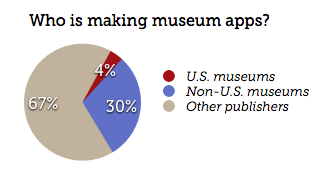Community Embraces New Word Game at Mid-Year Play Day This past Sunday, families at Takoma Park’s Seventh Annual Mid-Year Play Day had the opportunity to experience OtherWordly for the first time. Our educational language game drew curious children and parents to our table throughout the afternoon. Words in Space Several children gathered around our iPads […]
Read moreTag: surveys
 What was once prohibitively complex and expensive can now be done inexpensively with online testing services. Testing will uncover problems that are confusing for your audience. Here’s a list of vendors to start your research process, and some suggestions.
What was once prohibitively complex and expensive can now be done inexpensively with online testing services. Testing will uncover problems that are confusing for your audience. Here’s a list of vendors to start your research process, and some suggestions.
Three suggestions
For a real-world example on a recent project, designer Ben Snyder said on his blog, “the purpose of the user test is to get feedback about the new design to understand if there are any parts of the website that are confusing to users, and to test the site for hidden bugs that might prevent a user from getting the information they need” or prevent them from completing actions on the site. (more…)
Author: Patrick Parnaby Developing program objectives begins with knowing your target audience. Focus groups can give you information about the programs and products your audience needs. These penguins didn’t respond well to “101 Ways to Use Palm Fronds,” but were keen on “Iceberg Fishing Techniques.” Problem You want to be sure people are in need


 NASA redesigned
NASA redesigned  The vast majority of museums are totally ignoring mobile apps.
The vast majority of museums are totally ignoring mobile apps.